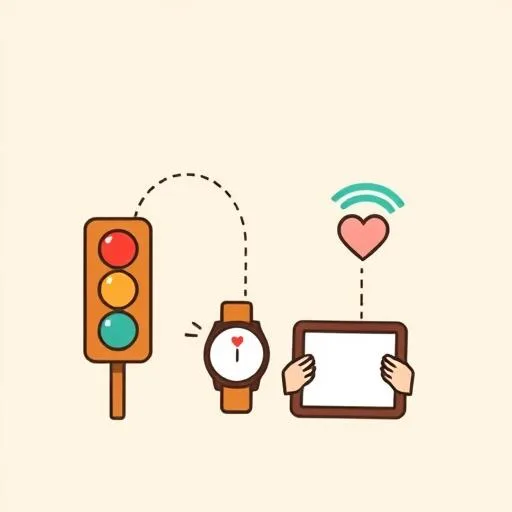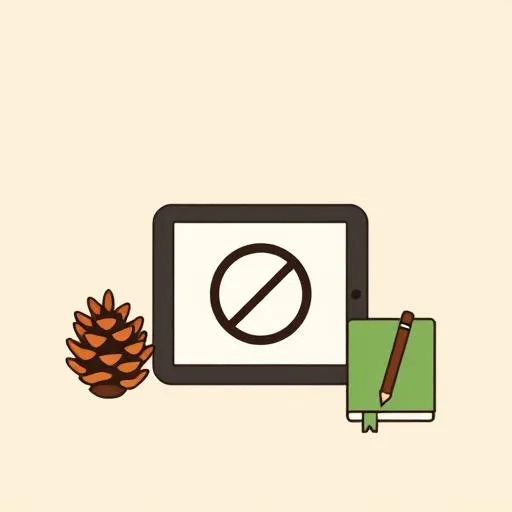
Last week my daughter stopped dead on the sidewalk, eyes locked on the traffic light as it flipped from red to green. She tugged my sleeve and whispered, “Daddy, how did it hear us coming?” I laughed, but the question hung around like the warm smell of street-vendor chestnuts—because that invisible magic is now her normal. Embedded systems—those tiny computers hiding inside everyday objects—are the quiet pulse beneath everything she touches: the swing that counts her kicks, the library book that checks itself back in, the tablet that resumes her cartoon before her seatbelt clicks. Let’s talk about what that seamless hum means for raising small humans who still need skinned knees, belly laughs, and eye-to-eye talks.
What Are Embedded Systems and How Do They Impact Parenting?

Picture a choir you never see: microchips tucked inside alarm clocks, sneakers, even the toaster that remembers your ‘just-golden’ level. Digital Journal recently highlighted how these mini-brains keep 5G calls from dropping while you’re flipping pancakes—no applause requested. For parents, the payoff is instant: spelling apps load before socks are on, GPS trackers whisper, “Your kid left the 100-meter school zone,” and bedtime lights fade like sunset on cue. Markets for this quiet army are set to nearly double by 2032, so the hum will only deepen. The trick isn’t to count every gadget; it’s noticing when the convenience lets us trade rush-hour chaos for an extra hug at the door.
How Does ‘Always Connected’ Tech Affect Child Development?

Our kids have never yanked a curly phone cord or hunted for payphone coins; connectivity is their atmosphere. A neighborhood buddy asked me why his teddy can’t tell knock-knock jokes like the smart speaker does—future knocking, indeed. Seamless tech gifts them AR dinosaurs stomping across the sandbox and piano lessons from a grandma three provinces away. Yet the same silk-smooth stream can blur the line between pixels and pinecones. I catch myself cheering when my daughter beats a math game, then realizing she hasn’t felt fresh grass in two days. Balance starts with tiny labels: “That’s a video windstorm; let’s step outside and feel the real one.” When kids learn to name the digital layer, they also learn they can peel it back—and find friends who still catch fireflies instead of Wi-Fi.
What Are the Best Ways to Balance Tech and Unplugging for Families?

Harmony isn’t a ban-hammer on tablets; it’s a dimmer switch everyone can reach. Modern routers can slow to turtle speed at dinner—use them. But the best circuit breaker is sometimes a sunny 25°C afternoon that begs for shoeless feet. We run “offline treasure hunts”: sketch the cloud that looks like a sheep, collect seven different leaves, race to find the park’s tiniest pinecone. I’ve seen my daughter’s eyes sparkle brighter over a lopsided mud pie than any 4K cartoon—proof wonder stores itself in dirt, not data. When grown-ups join the hunt (“First to hear three bird calls wins!”), we show that silence can be addictive too. Resilience grows where Wi-Fi bars disappear.
How Can Parents Foster Curiosity and Resilience in a Tech-Driven World?

Embedded systems keep learning our patterns—so our kids need the skills silicon can’t fake: asking why, daring to fail, and rebooting with grit. Turn hiccups into launchpads: when the streaming story freezes, shrug and say, “Guess the tiny computer’s hiccuping—what could we build to help it?” Hand them paper and copper tape; no engineering degree required. Let them rearrange LEGO gears to make a snail-robot, then celebrate when it crawls backwards instead—because debugging is just fancy perseverance. When they ask how the streetlight ‘sees’ cars at night, walk outside with a flashlight and a mirror. Curiosity sticks when it’s teamed with fingertips smelling of sidewalk chalk, not screens. Our real goal isn’t mini coders; it’s humans who wave their tools toward kindness and hope—broadcasting on the strongest signal of all.
Source: Beyond the signal: How embedded systems are shaping the future of global connectivity, Digital Journal, 2025/09/06
